Tips For Your First Amp
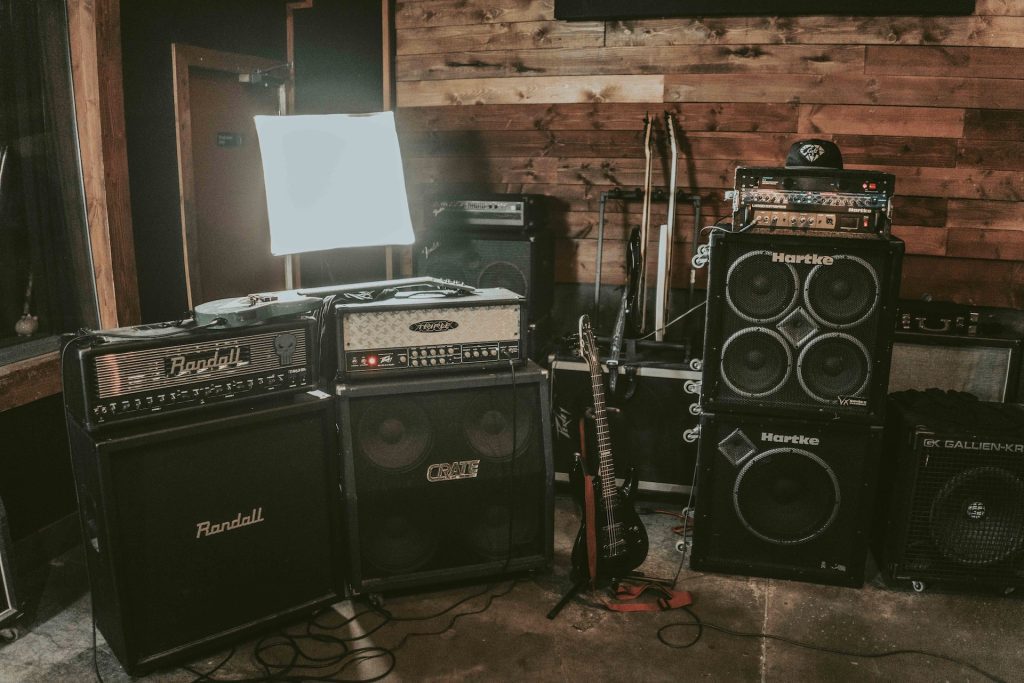
Please Note...
Purchasing your first guitar amplifier (a.k.a guitar amp) can be a little overwhelming. There are many different options to suit a wide range of budgets and musical styles. This guide will provide you with some information about guitar amps so you can make the best choice that suits your needs. Note that this applies to electric guitar amps. Amps for semi-acoustic guitars (a.k.a Acoustic-Electric) are completely different.
Amp Types
There are basically four types of electric guitar amplifiers.
1. SOLID STATE AMPS
These amps run on solid state transistors. They are capable of producing good pretty sound quality, however not to the same standard as a valve amp (more information about valve amps below). Solid state amps are fairly inexpensive and are well suited for home practice and band rehearsals. Their sound quality isn’t great for professional recordings. Personally, I use solid state amps for practice because they don’t require upkeep. It’s become common for many companies to put digital effects into solid state amps. The Marshall MG series is a great example of this – it’s an entirely solid state amp with built in digital effects such as delay, chorus, reverb. Solid state amps aren’t as loud as valve amps, so if you’re wanting to gig with it, you may need an amp with 50 or 100 watts. If you’re in a metal band, this still won’t be enough.
Pro’s: Fairly inexpensive, decent sound quality, minimal expenses on upkeep
Con’s: Sound doesn’t compare to valve amps,
Best Suited For: Home pracitce, band rehearsals, demo recordings, small informal gigs
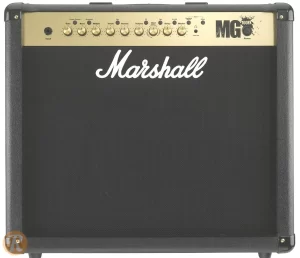
2. VALVE (TUBE) AMPS
These are amps that run on vacuum tubes, known as valves. They really are the best sounding amps out there, though are the most expensive to purchase and also cost a little in upkeep because you will need to replace your valves at some point. Many valves typically last about two years when you have the amp turned on for about an hour every day. Just about every professional guitarist uses valve amps for their serious recordings and gigs.
Pro’s: Amazing sound quality, can be super loud for big gigs and rehearsals
Con’s: Expensive, valves need replacing every few years which
Best Suited For: Professional recordings, gigs and rehearsals
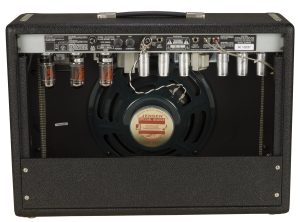
3. HYBRID AMPS
There are some amps out there that are a mix of solid state and valve. The idea here is that they’re cheaper than a full valve amp, but still deliver good quality sound. It’s also common for these types of amps to have built-in effects such as delay. These are usually more pricey than the usual solid state amps, but also sound better.
Pro’s: Fairly inexpensive, good sound quality, minimal expenses on upkeep
Con’s: Sound doesn’t compare to valve amps,
Best Suited For: Home pracitce, band rehearsals, demo recordings, small informal gigs
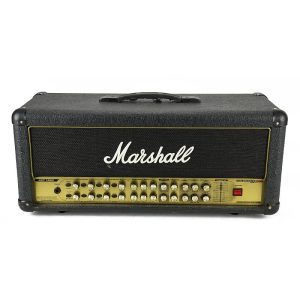
4. AMP SIMULATORS (VIRTUAL AMPS)
This field has been around for a while, but has seen some recent advances that has really boosted it’s popularity. Basically it’s just software that you run on a computer. You plug your guitar into the computer and the software acts as a amp. They have gotten really good these days, however I personally much prefer a real valve amp. They’re fairly inexpensive and tend to work on a subscription model. Generally, when you purchase or subscribe, you get access to a wide range of amazing sounds – but once again, a trained ear can hear the difference between virtual amps and real valve amps. If you’ve ever used Garageband, then you may very well have used a virtual amp.
Pro’s: Fairly inexpensive, decent sound quality, usually have access to a wide range of sounds
Con’s: Sound doesn’t compare to valve amps, not great for gigging
Best Suited For: Home recordings, home practice, listening using headphones
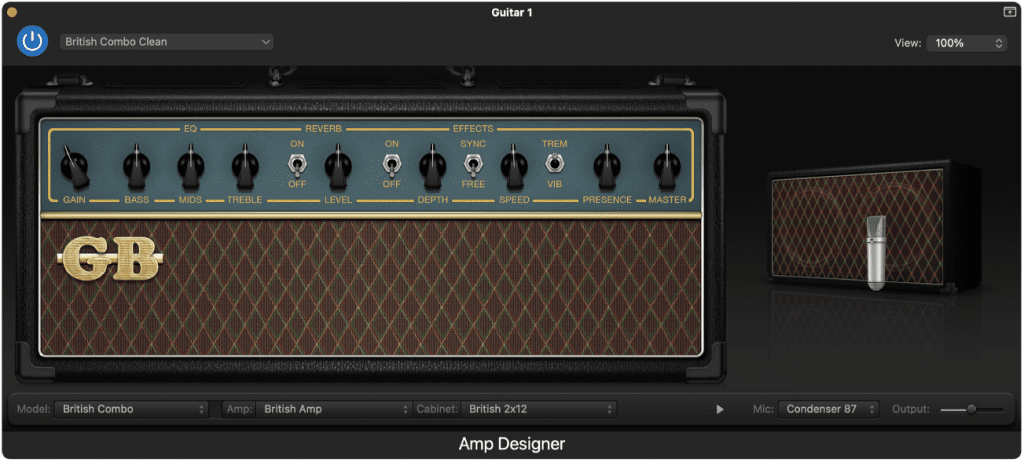
Amp STYLES
Though there are various types of amplifiers, they are available in two different styles.
1. COMBO
this is basically where the amplifier and the speaker are combined together int he one unit. You simply buy the one item and you’re good to go. Many combo amps can be plugged into an external speaker, making it very similar to a stack (details below).
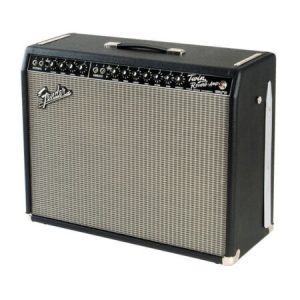
2. STACK
This is where the amplifier unit and speaker cabinet are separate. They can be purchased individually, though it’s common for stores to sell them together as packages. The benefit here is that you can mix and match amplifier units to different speaker cabinets. Most speaker cabinets also come with four speakers, which creates a “big” sound – great for live gigs.
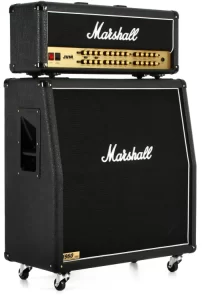
WHat's Best For Your Stage
Generally speaking, there are three stages in your guitar journey when someone looks to buy an amp.
1. BEGINNER GUITARIST
Someone just getting into guitar should definitely not look at buying an expensive valve amp (unless you’re super keen). Solid state amps are a much cheaper and more ideal starting point. Whilst you could get a solid state stack, but a smaller combo will be cheaper and will do everything you need at this point in your playing journey. Some of the amps with digital effects are a good choice
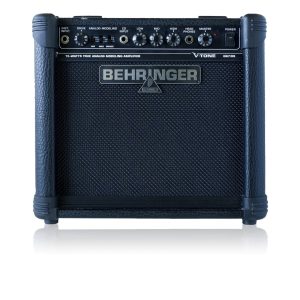
2. JOINING A BAND
Many intermediate level guitarists become keen on joining a band and will need a loud amplifier for gigs and rehearsals. Here, you could really go for either a solid state or valve amp. Of course your budget comes in to play here, but I would recommend to just get yourself a valve amp. You don’t have to go for a 100W stack or anything massive. A smaller 60 watt combo will do the trick and you could even buy a bigger amp further down the track and keep the 60 watt fort home practice and smaller rehearsals. Of course, you could get a solid state amp now and when you later replace it with a valve amp, the old solid state can be kept for home practice. Personally, I like using solid state for home practice and valve for just about everything else – gigs, rehearsals, recordings etc.
Professional (or aspiring pro) guitarist – Definitely valve. Just about every pro guitarist needs to have their own valve setup and if you’re not quite professional yet, then I think getting a good amp is a step in the right direction. You could go for a stack or a combo – realistically, most gigs large enough to require a 100W all-valve stack will probably have the sound engineers mic up your amp. Meaning you still won’t be able to crank up your valve amplifier. I’ve found that amps around 60-80 watts are the most versatile and leave headroom for you to be able to crank up the amp without being too loud. But then again, whilst a 100 watt stack is a little unnecessary, it definitely is a lot of fun!
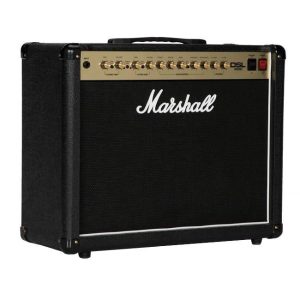
3. GOING PROFESSIONAL
If you’re a professional guitarist, or considering trying to turn your playing into a career, then definitely go for a valve amp. Just about every pro guitarist should have their own valve setup for gigs, recordings etc. If you’re not quite professional yet, then I still think getting a good valve amp is a step in the right direction. You could go for a stack or a combo – realistically, most gigs large enough to require a 100W all-valve stack will probably have the sound engineers mic up your amp. Meaning you still won’t be able to crank up your valve amplifier. I’ve found that amps around 60-80 watts are the most versatile and leave headroom for you to be able to crank up the amp without being too loud. But then again, whilst a 100 watt stack is a little unnecessary, it definitely is a lot of fun!
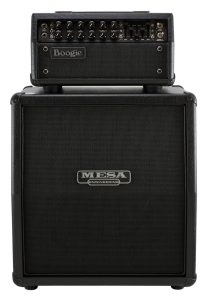
Brands of Amps
There are so many brands of amps these days. Even companies that started off making other things (like pickups, pedals, or even guitars themselves) now make amps.
I don’t usually recommend particular brands, but here’s a short list of brands that I’ve found to deliver quality on a consistent basis.
Marshall – They make valve amps, solid state amps and also have some digital effects. Marshall have something great for all levels and styles of guitar.
Fender – They make valve amps, solid state amps and also have some digital effects. Fender have something great for all levels of guitar, but their amps tend to suit everything other than heavy metal (of course, you could still use them for metal and be different to the general masses).
Artist – Great value gear for the beginner or intermediate guitarist. These guys make some of their own amps but also sell other brands like NUX. You’ll find solid state and valve amps here. Generally, their gear suits everything other than heavy metal.
Boss – Mostly known for making effect pedals, Boss also make amps, largely focusing on implementing effects into their amps. Most of their popular amps are solid state, but quite versatile and having the built in effects will be really handy.
Blackstar – Though perhaps not as popular as other brands, Blackstar are still used by famous artists such as Phil Collen and Doug Aldrich. Their products tend to be most similar to Boss, and their small valve combo amps are loved by many guitarists.
Mesa Boogie – Known for high quality valve amps, these guys make pricey gear that is admired amongst guitarists. They have very popular amps for heavy metal, but many amps also suit rock, blues and even jazz. If you’ve ever heard a Rectifier or Mark V, then you’ll know exactly what I’m talking about.
Laney – One of the oldest amp companies, Laney have amps to suit just about every guitarist, from metal heads to pop guitarists. They make good quality gear and are used by the famous Tony Iommi of Black Sabbath.
Positive Grid – Starting off as primarily a software company, Positive Grid make virtual amps as well as physical amps to compliment their software. Their focus seems to be mixing digital technology with small, compact amps. They also like to integrate apps with their amps, so you can edit your sound using your smartphone.
Closing Thoughts
Given that there are many options and factors that come into play when choosing an amp, something to consider is that you don’t have to keep the amp you buy. You can always sell it and buy a new one – that’s actually part of the guitarist journey when it comes to discovering awesome gear.
Hopefully this guide has helped you make the most informed decision for buying your next (or first) guitar amplifier!
Still Need Help?
If you are still having trouble, or have any questions, get in touch with us and we’ll happily help you out.

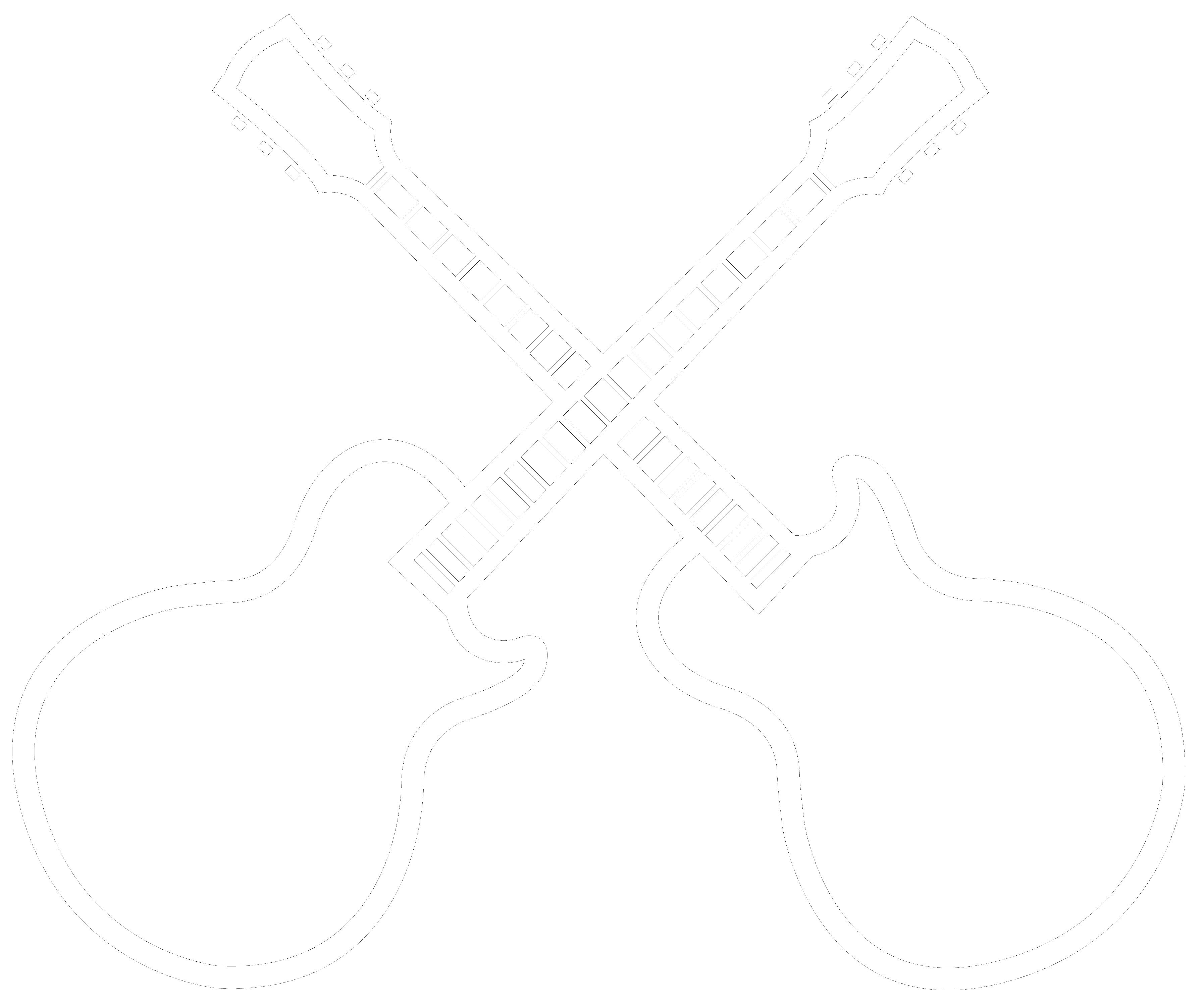


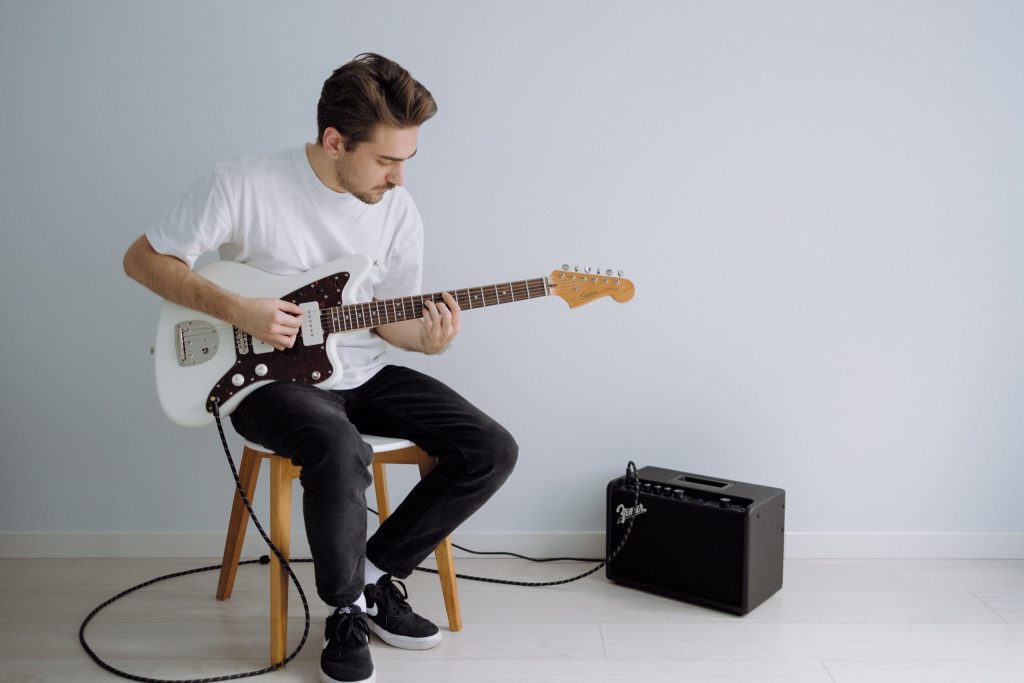
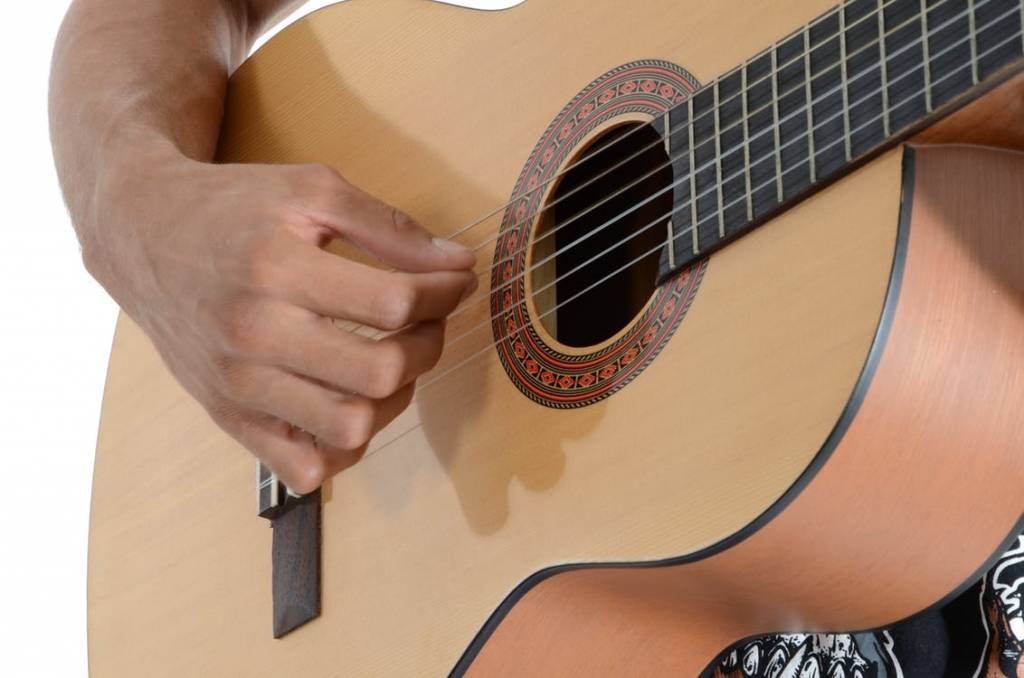
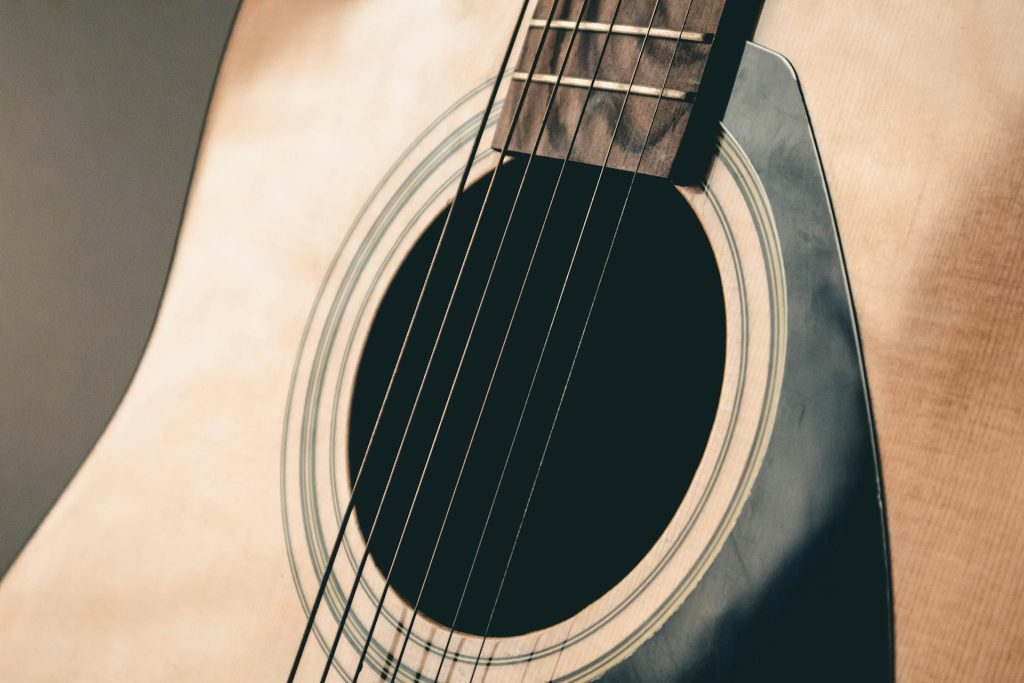
Responses